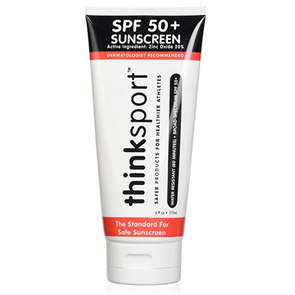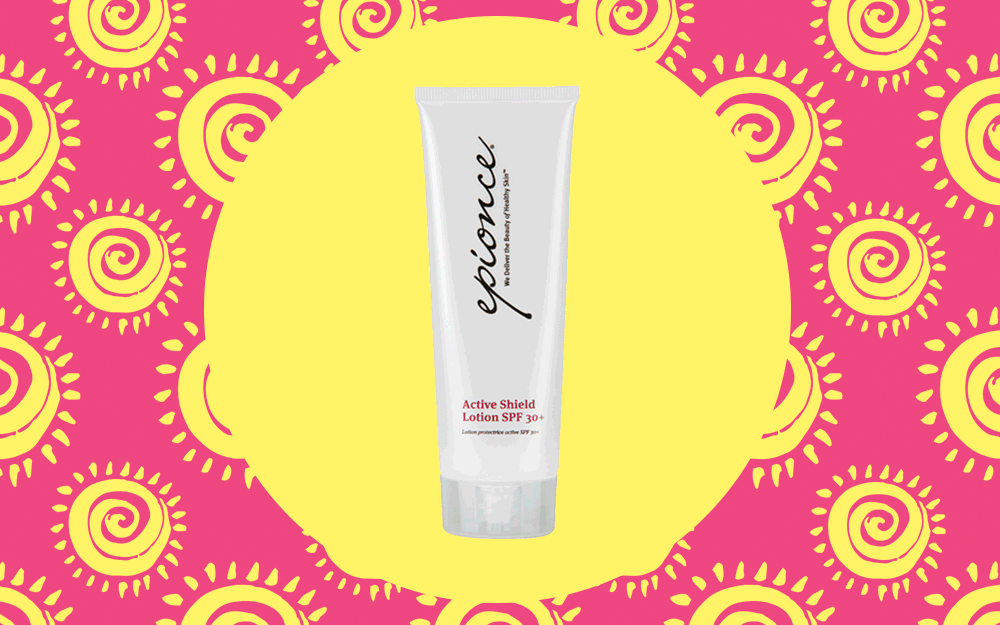8 Sources of UV Light Damage You’re Ignoring
Updated: Jan. 31, 2023
Doctors reveal the sources of UV light (other than the sun) that may damage your skin and eyes, from tanning beds to lasers and more.
Our editors and experts handpick every product we feature. We may earn a commission from your purchases.
The sun is, by far, the greatest source of ultraviolet (UV) radiation, which is the culprit that causes most skin cancers—the most common form of cancer in the U.S.
According to the Skin Cancer Foundation, it’s estimated 1 in 5 Americans will develop skin cancer by age 70. Even if UV radiation doesn’t lead to skin cancer, it can cause premature aging (think wrinkles), damage your eyes (increasing the risk of cataracts), and suppress the immune system. Luckily, both skin cancer and premature aging are preventable with the proper precautions, like using a sunscreen, and you can protect your eyes with the right UV-blocking sunglasses. (This is the best sunscreen for every skin type.)
“Almost all sunglasses will have UVA protection,” says Mark Fromer, MD, an ophthalmologist at Lenox Hill Hospital in New York City. UVA light can cause cataracts or a clouding of the lens inside the eye, and/or macular degeneration, while UVB light can burn your eyelids. “Sunglasses alone aren’t always enough to protect for UVB so wear a wide-brimmed hat.”
But, it’s important to know that the sun is far from the only source of damaging UV light out there. But before we identify the other main sources of UV radiation, you need to know what UV radiation means.
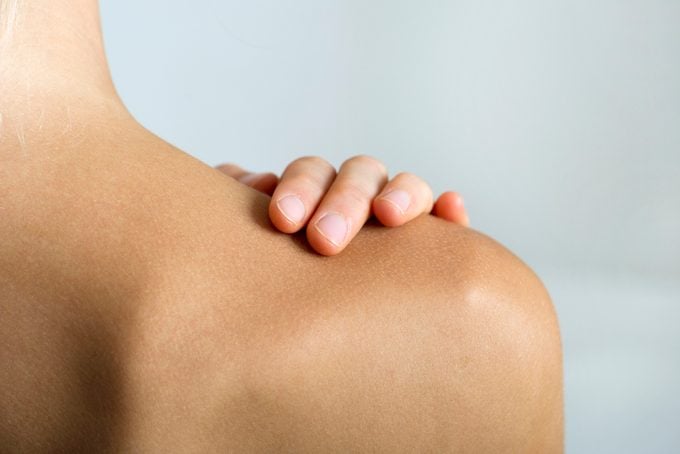
What is UV radiation?
UV radiation is a form of electromagnetic radiation, a type of energy that also includes radio waves, microwaves, infrared, visible light, X-rays, and gamma rays. UV radiation has shorter wavelengths than visible light, so you can’t see it, but your skin can feel it, the Skin Cancer Foundation explains. There are different types of UV rays; they are classified based on how much energy they emit. UVB rays give off more energy than UVA and can damage your skin by causing sunburns and skin cancer. UVA penetrates deeper and can speed skin aging, causing fine lines and wrinkles. UVA rays account for up to 95 percent of the UV radiation reaching the earth, and can penetrate windows and clouds.
Now, here are some of the main sources of UV radiation other than the sun that may hurt your skin and eyes.
Tanning beds
Hands down, unprotected exposure to the sun’s UV rays is the No. 1 source of damage to your skin and eyes, but tanning beds are a close second. Indoor tanning may cause as many 400,000 cases of skin cancer in the U.S. each year, according to the American Academy of Dermatology (AAD). (Believing that a tanning bed is safer than the sun is among the 13 sunburn myths that are damaging your skin.)
Indoor tanning beds are considered a Class-1 carcinogen by the International Agency for Research on Cancer and the World Health Organization (WHO), notes Jordan B. Slutsky, MD, clinical associate professor in the department of dermatology at the Renaissance School of Medicine at Stony Brook University in New York.
This means that they cause cancer in humans, including melanoma, a potentially life threatening form of skin cancer. “This cancer risk is on par with cigarettes,” Dr. Slutsky says. “Tanning beds utilize UVA light which is penetrated more deeply into your skin causing skin cancer and premature aging,” he explains. “Young people don’t want tanning lines so they disrobe fully when using a tanning bed and increase the risk of skin cancer on their buttocks, groins, and breasts which are classically covered with garments.”
Just say no to indoor tanning, he urges.
Mercury vapor lighting
This type of lighting is often used in stadiums and school gyms. It comprises an inner bulb that emits light and UV rays, and an outer bulb that filters the UV. “There is a risk of burns from ultraviolet radiation exposure in the setting of broken or unshielded light bulbs such as if the shield breaks as can happen in a gym if hit by a ball and not replaced,” explains Andrew Alexis, MD, director of the Skin of Color Center at Mount Sinai West in New York City. “If the outer bulb breaks and the inner tube continues to operate unshielded, intense UV radiation is emitted.” Some mercury-vapor lamps have built-in safeguards and turn themselves off when the outer bulb breaks.
UV radiation from mercury vapor lighting can also burn your eyes, according to the U.S. Food and Drug Administration (FDA).
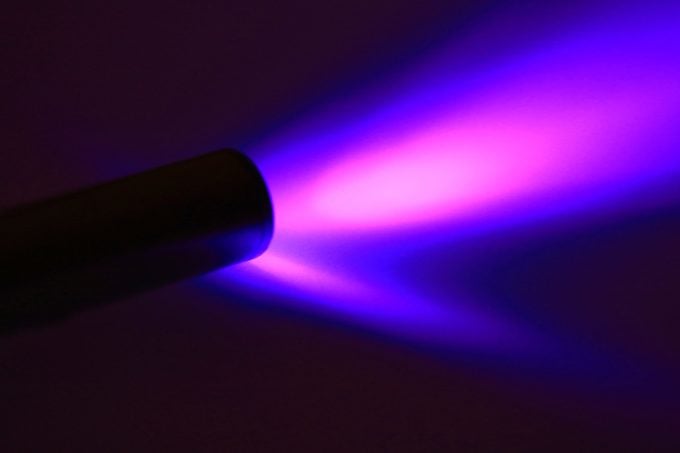
Halogen, fluorescent, and incandescent lights
Halogen, fluorescent, and incandescent lightbulbs emit a small amount of UV radiation, Dr. Alexis says. An example is a black light. If you have ever been to a glow party, you know how cool black lights can look. These lights emit UVA light and not much visible light. (Bug-zapping insect traps also use “black light” that gives off some UV rays.) “Cumulatively they can contribute to premature skin aging over a protracted period of time or cause rashes in individuals with sun or light sensitivity such as lupus patients,” Dr. Alexis explains. The FDA suggests staying farther away from these light sources if you are sensitive.
Phototherapy (UV therapy)
Phototherapy or supervised exposure to UV rays is one of many potential psoriasis treatments that can help clear up scaly, silvery plaques. “There are two main types of phototherapy, Psoralen-UVA (PUVA) and Narrowband UVB (NBUVB),” explains Jennifer Soung, MD, director of clinical research at Southern California Dermatology in Santa Ana. PUVA involves using a drug called psoralen first to make skin more sensitive to UVA. “PUVA was previously used for many years for psoriasis; however, PUVA has shown a clear increased risk for squamous cell skin cancer and melanoma. Therefore, it is not used often anymore.”
That said, “NBUVB has never shown an increased risk of skin cancer or melanoma so it is still used for treatment,” Dr. Soung says. “It is considered one of the safest treatment options for patients; however, it is time consuming because treatments are at least once to twice weekly.” The main risk is a sunburn, she notes.
Lasers
Lasers are commonly used for skin rejuvenation and to treat certain skin disorders in dermatology. “Most lasers are visible light, short of the excimer which isn’t really laser, rather it’s a handheld light unit, a.k.a. UV,” says Adam Friedman, MD, a professor and interim chair of dermatology at George Washington School of Medicine and Hospital in Washington, DC. Excimer lasers are used to treat psoriasis and eczema, as well as return skin color in people with vitiligo, according to the AAD.
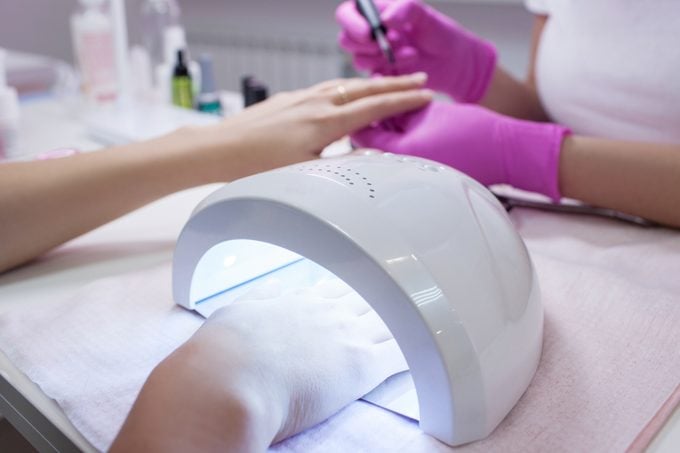
UV lamps used at salons to cure gel manicures
These are staples in nail salons and are used to cure gel manicures, which are popular because they can last for a long time without chipping. However, it’s important to ask: are UV nail lamps safe? Several studies suggest that the use of these may increase the risk of skin cancer and premature skin aging from cumulative UVA exposure, Dr. Alexis says. The risk is likely small, but applying a broad-spectrum, water-resistant sunscreen with SPF 50 before your manicurist puts on the gel polish can mitigate it, according to the AAD. You can also wear protective sun gloves with a built-in SPF barrier. (Here are the sunscreen mistakes you’re making.)
At-home UV light sanitizers
Most of us are familiar with UVA and UVB, but there is also a third type of UV radiation: UVC. UVC rays have more energy than the other types of UV rays, explains the American Cancer Society, and the WHO calls UVC “the most damaging type of UV radiation.” The good news is that UVC from natural sources is completely filtered by the atmosphere and does not reach the earth’s surface.
UVC can also come from man-made sources such as UV sanitizing bulbs that kill bacteria and other germs. In fact, many people are using at-home UVC devices in an attempt to kill coronavirus. But it’s buyer beware, cautions the National Academy of Medicine; UVC sanitizers have not been tested against coronavirus, and exposure to UVC light is dangerous for people. “Scientists are exploring ways to use a specific type of UVC light for devices that could be safe for humans. However, existing products are not safe to use on your body,” the group states.
Blue or high-energy visible light
Blue light is ubiquitous, and our exposure to it is at an all-time high since most of us are spending more time at home and on our devices due to the Covid-19 pandemic. This is not a form of UV light. But “blue light can cause darkening in skin or color/darker skin tones,” Dr. Alexis says. “This is particularly important in patients of color with melasma–a disorder of hyperpigmentation on the cheeks, forehead, and/or upper lip that is worsened by light exposure to sun or blue light.” Blue light also can cause premature skin aging cumulatively over a protracted period, he says.
To counteract such damage, many companies are adding HEV (high-energy visible) blockers in their sunscreens, foundations, and cosmetics. “Protect your skin by using an iron oxide-containing sunscreen or one that is tinted; or using foundation, which generally contains iron oxide; or taking an oral supplement called Polypodium leucotomies (derived from the fern plant and has potent antioxidant effects),” he says. One example is Heliocare. (Iron oxide is not an FDA-approved sunscreen, but it is often added to mineral sunscreens so that it is less chalky.)
Digital eye strain is another risk associated with too much time staring at our devices, Dr. Fromer says. The best way to protect your eyes from fatigue is to follow the 20-20-20 rule,” he says. “Every 20 minutes, look 20 feet away for 20 seconds to allow your eye muscles to relax.”
(Next, read the foods to eat for sun protection.)



















